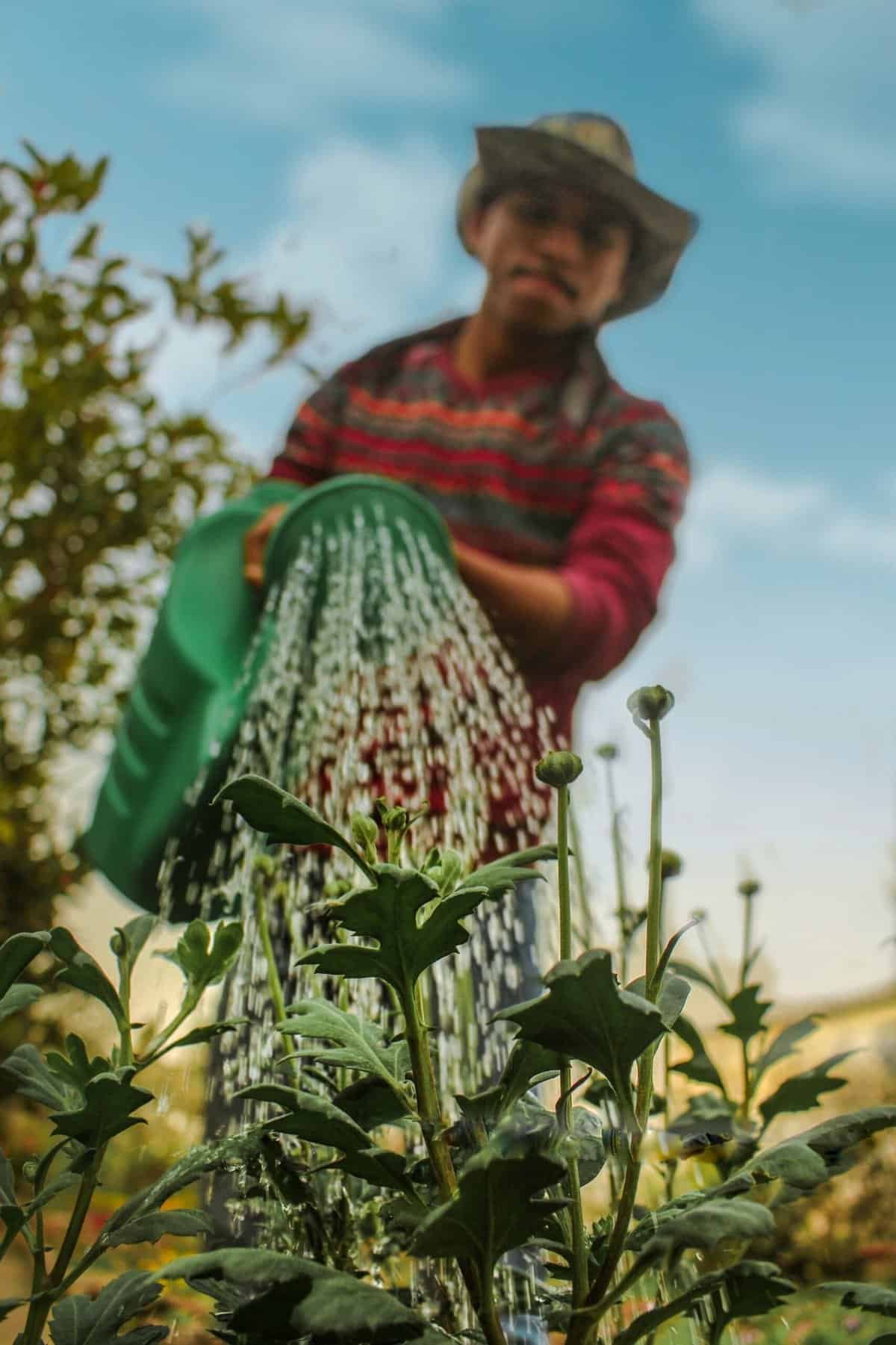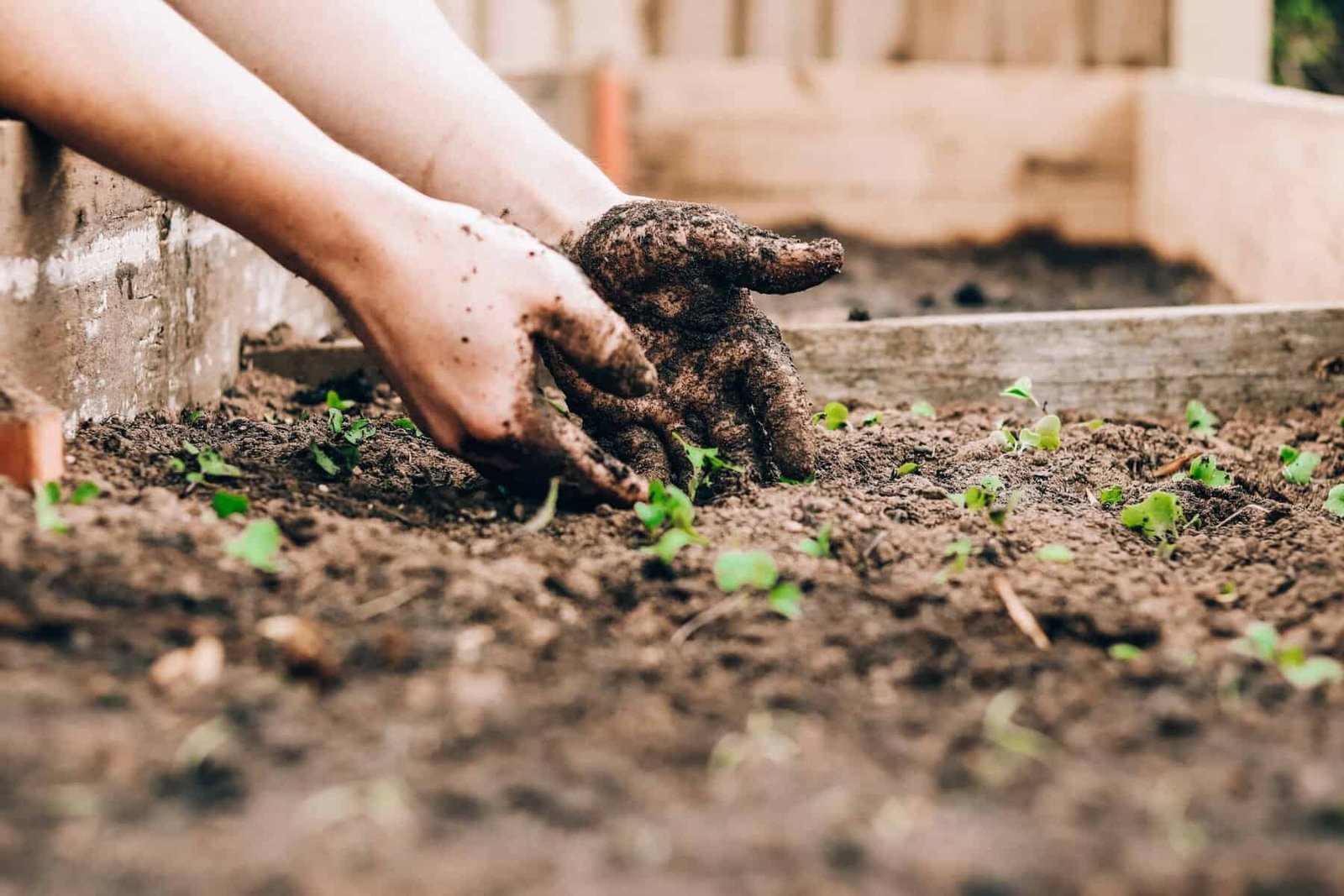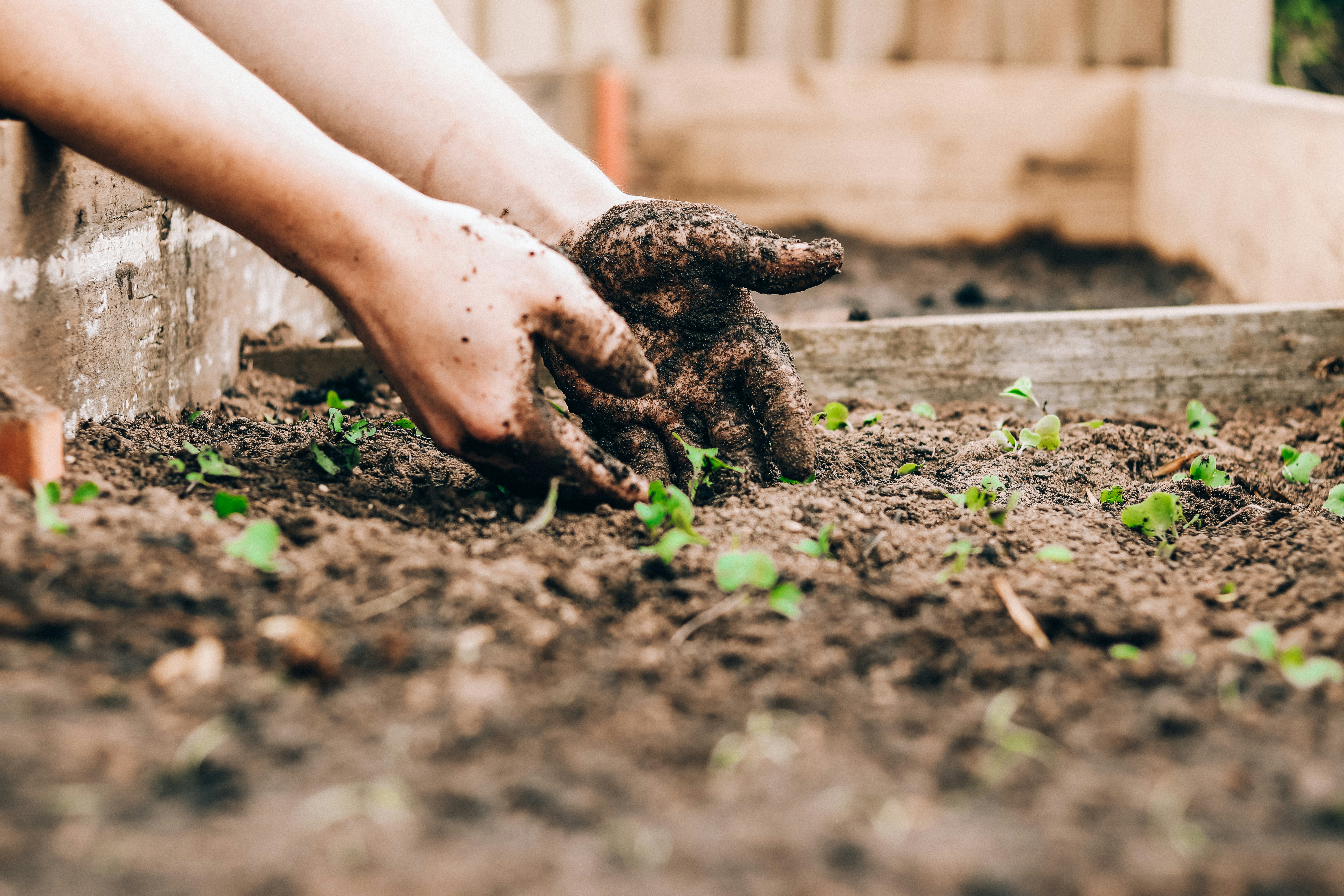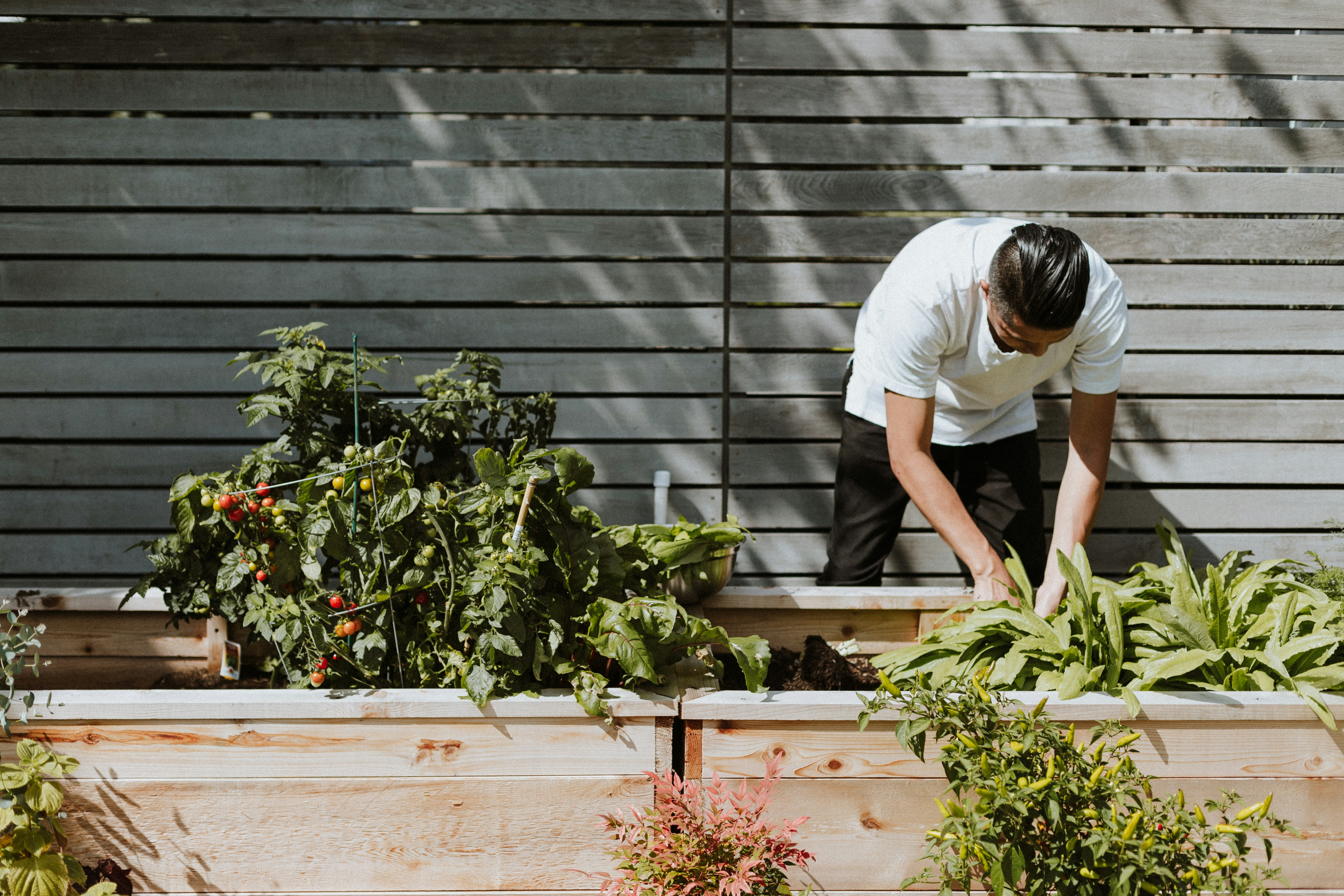If you’re wondering whether or not to prune your nopal plants, you’re not alone. Many gardeners find themselves questioning the best practices for maintaining these resilient and vibrant plants. The answer to whether or not pruning is necessary ultimately depends on your goals and preferences as a gardener. This article aims to guide you through the decision-making process, providing insights into the benefits and timing of pruning nopal plants. By the end, you’ll have the knowledge and confidence to ensure your nopal plants thrive and flourish in your garden. So let’s dive in and explore the world of nopal pruning together!
Why Prune Nopal Plants?
Promotes healthier growth
Pruning nopal plants is an essential practice to promote healthier growth. By removing dead or damaged parts, you are encouraging the plant to focus its energy on the healthy areas, allowing for better overall growth. Pruning also helps improve air circulation and sunlight penetration, reducing the risk of fungal diseases and increasing photosynthesis.
Controls the size and shape
Another reason to prune nopal plants is to control their size and shape. As these plants can grow quite vigorously, regular pruning helps prevent them from becoming overgrown and taking up excessive space in your garden. By shaping the plant through pruning, you can help it fit nicely within your desired aesthetic, whether it be a bushy shrub or a more compact form.
Increases fruit production
Pruning nopal plants can also have a positive impact on their fruit production. By removing old and unproductive branches, you are redirecting the plant’s resources towards developing new fruit-bearing ones. Additionally, pruning helps improve sunlight exposure to the remaining branches, allowing for better fruit development and ripening. So, if you’re looking to maximize your nopal plant’s fruit yield, pruning is definitely a practice to consider.
Removes dead or damaged parts
Dead or damaged parts can negatively impact the health and appearance of nopal plants. Pruning is an effective way to remove these unsightly and potentially harmful portions. Whether it’s due to freeze damage, pest infestation, or disease, removing these parts promptly not only improves the plant’s aesthetics but also prevents further spread of diseases or infestations.
When to Prune Nopal Plants
Late winter or early spring
The optimal timing for pruning nopal plants is during late winter or early spring. Pruning during this period ensures that the plants have entered their dormant stage, minimizing the risk of new growth being damaged by frost. The dormancy period also allows the plant to allocate its resources towards healing and preparing for the upcoming growing season.
After fruit harvest
If you have already enjoyed a bountiful harvest from your nopal plants, it’s a good idea to prune them after the fruit harvest. This timing allows you to remove any unproductive or damaged branches while the plant is still in its active growing season. Pruning after the harvest also gives the plant ample time to recover and develop new branches for the next fruiting season.
Avoid pruning during frost
Pruning nopal plants during frost or extremely cold weather should be avoided. Frost can cause severe damage to newly pruned branches, hampering the plant’s ability to heal and recover. It’s important to wait for the frosty conditions to pass before engaging in any pruning activities. Additionally, avoid pruning during periods of extreme heat or drought, as this can also stress the plant.
How to Prune Nopal Plants
Wear protective clothing
Before you start pruning your nopal plants, it is crucial to wear protective clothing. The spines and glochids found on the plant’s pads can cause irritation and injury to the skin. Wear long sleeves, long pants, and sturdy gloves to protect yourself from these sharp and prickly structures. Consider wearing safety goggles as well, especially if you are pruning larger or overgrown nopal plants.
Use clean and sterilized tools
To prevent the spread of diseases or pests, it is important to use clean and sterilized pruning tools. Before beginning the pruning process, clean your tools thoroughly with a mild detergent, then rinse them well with water. To sterilize the tools, wipe them down with rubbing alcohol or a solution of one part bleach to nine parts water. This ensures that you are not introducing any potential pathogens to the plant while pruning.
Identify the branches to prune
When pruning nopal plants, it is essential to identify the branches that need to be pruned. Look for dead, diseased, or damaged branches, as well as any branches that are crossing or rubbing against each other. These are the branches that should be prioritized for pruning. Additionally, if you are aiming to control the size and shape of the plant, identify any branches that are growing outward or upward in an undesirable manner.
Cut above a node or joint
When making pruning cuts on nopal plants, it is important to cut above a node or joint. This ensures that the remaining branch has the potential to grow and develop new shoots. Make clean cuts at a slight angle, about one-fourth inch above the node or joint. Avoid leaving stubs, as they can become entry points for diseases or pests.
Seal larger cuts
For larger cuts, especially those made to remove sizable branches, it is recommended to seal the wounds. This helps protect the plant from pests or diseases while promoting proper healing. Use a wound sealant or a mixture of equal parts water and white latex paint to cover the cut surfaces. Ensure that the entire wound is covered but avoid applying excessive sealant, as it may interfere with the healing process.
Tools for Pruning Nopal Plants
Pruning shears
Pruning shears are one of the essential tools for pruning nopal plants. They are ideal for making precise cuts on smaller branches and can easily fit into tight spaces. Choose shears with sharp blades and a comfortable grip to ensure ease of use and minimize strain on your hands.
Loppers
Loppers are a great tool for pruning thicker branches on nopal plants. With long handles and strong blades, they provide the leverage and power needed to make clean cuts on branches up to one inch in diameter. Look for loppers with ratchet mechanisms or gear drives for added cutting force.
Pruning saw
A pruning saw is necessary for cutting through larger branches on nopal plants. The saw’s serrated blade makes it easier to tackle thicker wood, ensuring smooth and efficient cuts. Opt for a folding pruning saw for easy storage and transportation.
Gloves
When pruning nopal plants, wearing gloves is crucial to protect your hands from the sharp spines and glochids. Choose gloves made specifically for gardening, with puncture-resistant material and a snug fit. Leather gloves are particularly suitable for handling prickly plants like nopals.
Safety goggles
Safety goggles are an important accessory to protect your eyes while pruning nopal plants. They shield your eyes from flying debris, especially when using pruning saws or loppers. Invest in a pair that fits well and provides adequate coverage for your eyes.

Pruning Techniques for Nopal Plants
Selective pruning
Selective pruning involves carefully choosing which branches to prune, aiming to remove only specific ones to achieve a desired shape or size. By selectively removing branches that are crossing or growing in undesirable directions, you can ensure a visually appealing and well-proportioned nopal plant.
Thinning cuts
Thinning cuts involve removing entire branches, either to maintain the size of the plant or to improve air circulation and light penetration. This technique allows for the removal of unproductive or overcrowded branches, promoting the growth of healthier ones that contribute to the overall shape and productivity of the nopal plant.
Heading cuts
Heading cuts involve cutting back the tips of branches, which stimulates new growth and branching. This technique is used to control the size and shape of a nopal plant, encouraging a more compact and bushy form. Heading cuts can be especially useful when rejuvenating older nopal plants that have become leggy or overgrown.
Pruning Specific Nopal Varieties
Opuntia ficus-indica
Opuntia ficus-indica, commonly known as the Indian fig or prickly pear, benefits from pruning to control its size and shape. During late winter or early spring, selectively prune any damaged or crossing branches. Thinning cuts can help improve air circulation and light penetration, reducing the risk of fungal diseases. Heading cuts can be employed to encourage a more compact form and stimulate new growth.
Opuntia microdasys
Opuntia microdasys, also known as the bunny ears cactus, requires minimal pruning. However, if you notice any dead or damaged branches, it is best to remove them during late winter or early spring. Avoid over-pruning this variety, as it typically maintains a compact and bushy form naturally.
Opuntia engelmannii
Opuntia engelmannii, commonly referred to as the Engelmann’s prickly pear, benefits from selective pruning to maintain its size and shape. During late winter or early spring, remove any crossing or crowded branches. Thinning cuts can help improve air circulation and reduce the risk of diseases. Additionally, heading cuts can be used to encourage the development of new growth and maintain a more compact form.
Pruning Tips for Optimal Results
Avoid over-pruning
While pruning is beneficial for nopal plants, it is crucial to avoid over-pruning. Removing too many branches at once can stress the plant and impede its growth and productivity. Prune selectively and gradually, focusing on removing dead or damaged branches and maintaining the desired shape. This approach ensures that the plant’s resources are properly allocated for healing and new growth.
Prune to encourage a compact shape
If you prefer a more compact and bushy form for your nopal plant, prune accordingly. Use heading cuts to stimulate branching and promote denser growth. Regularly remove any branches that are growing outward or upward in a manner that disrupts the desired shape. By pruning with the goal of maintaining a compact silhouette, you can achieve a visually pleasing result.
Regularly inspect for pests and diseases
While pruning, take the opportunity to inspect your nopal plants for signs of pests or diseases. Look for any pests like aphids, mealybugs, or scale insects, as well as indicators of fungal infections such as spots or lesions. Promptly remove any infested or infected branches to prevent the spread to healthy parts of the plant. Regular inspections and proactive pruning can help maintain a healthy nopal plant.
Remove suckers or offshoots
Nopal plants often produce suckers or offshoots, which are smaller plants growing from the base or roots of the parent plant. These suckers can compete for resources and hinder the growth of the main plant. Remove them by carefully cutting them as close to the parent plant as possible. Pruning the suckers allows the main plant to direct its energy towards healthy growth.
Consult a professional if unsure
If you’re unsure about the specific pruning needs of your nopal plants or have concerns about proper techniques, don’t hesitate to consult a professional. An experienced horticulturist or arborist can provide valuable guidance tailored to your specific nopal variety and growing conditions. Their expertise can ensure that you prune your nopal plants effectively and maximize their health and productivity.
Potential Risks and Considerations
Prickles and glochids
When pruning nopal plants, it’s important to be cautious of the sharp spines and glochids found on the pads. These tiny barbed structures can easily embed in the skin, causing irritation and potential injury. Always wear protective clothing, including long sleeves, long pants, and gloves, to minimize the risk of getting pricked. Remove any stray spines or glochids that may enter your skin promptly.
Allergies and skin irritation
Some individuals may be allergic or sensitive to the sap or latex produced by nopal plants. If you experience any skin irritation, redness, or swelling after coming into contact with the plant, discontinue pruning and wash the affected area thoroughly with soap and water. Seek medical attention if symptoms persist or worsen.
Disease transmission
Pruning tools can potentially transmit diseases from one plant to another if not properly cleaned and sterilized between uses. Always ensure that your pruning tools are clean and sterilized before pruning different plants. This prevents the spread of pathogens and minimizes the risk of infecting healthy nopal plants.
Common Pruning Mistakes to Avoid
Pruning during active growth
Avoid pruning nopal plants during their active growth phase. Pruning during this time can disrupt the plant’s natural processes, leading to stunted growth or susceptibility to diseases. Stick to pruning during late winter or early spring when the plant is dormant and better equipped to heal and recover.
Pruning in extreme weather conditions
Pruning nopal plants in extreme weather conditions, such as intense heat or high winds, can be detrimental to their health and recovery. Extreme weather can stress the plant and hinder its ability to heal properly. Wait for more favorable weather conditions before engaging in any pruning activities.
Incorrect pruning technique
Using incorrect pruning techniques can result in poor healing, damage to the plant, or unsightly regrowth. Always ensure that you make clean cuts above nodes or joints, allowing the plant to properly heal and direct its energy towards new growth. Avoid leaving stubs or making jagged cuts that can serve as entry points for diseases.
Conclusion
Pruning nopal plants is a beneficial practice that promotes healthier growth, controls size and shape, increases fruit production, and removes dead or damaged parts. By following the appropriate timing and employing proper pruning techniques, you can help your nopal plants thrive and enhance their overall aesthetics. By using the right tools and protective gear, inspecting for pests and diseases, and avoiding common pruning mistakes, you will achieve optimal results and enjoy the many benefits of well-maintained nopal plants in your garden. So, grab your pruning shears, put on your gloves and safety goggles, and prune your nopal plants with confidence!



